Recently, the General Statistics Office has published a report on the spatial cost of living index (SCOLI) in 2022. SCOLI helps reflect the trend and level of fluctuations in the cost of living over a certain period of time. Thereby, it can be seen which localities have the most expensive prices in the country.
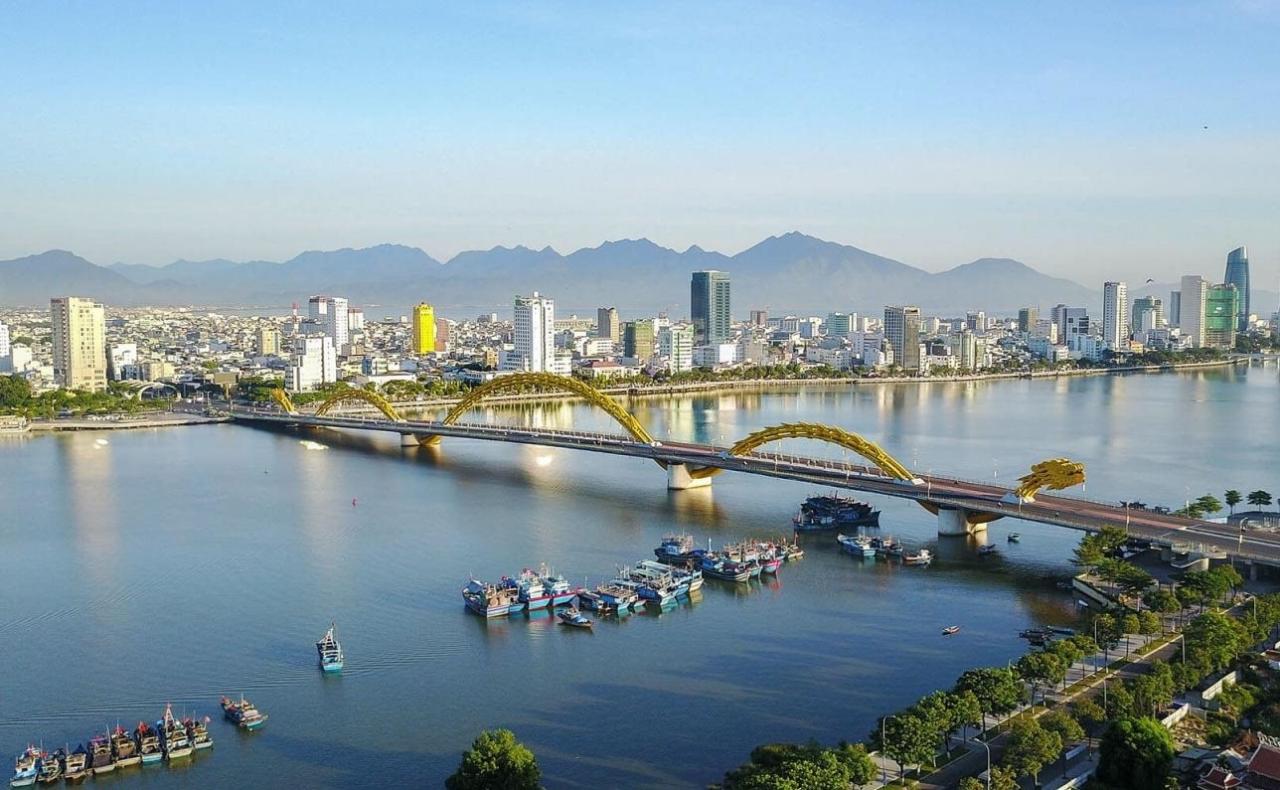
The Spatial Cost of Living Index (SCOLI) reflects the trend and level of variation in the cost of living between regions and localities over a certain period of time. Hanoi is chosen as the base to compare prices of the remaining 62 provinces and cities.
According to the 2021 Statistical Yearbook, the top 10 provinces and cities with the most expensive living costs in the country in 2015 included: Lai Chau (100.3%), Hanoi (100%), Son La (99.27%), Lao Cai (99.02%), Dien Bien (98.85%), Dien Bien (98.85%), Ho Chi Minh City (97.39%), Ha Tinh (97.14%), Ha Giang (96.5%), Da Nang (96.44%) and Binh Phuoc (96.12%).
By 2022, the top 10 localities with the most expensive living costs include: Hanoi (100%), Quang Ninh (99.89%), Ho Chi Minh City (96.2%), Da Nang (95.89%), Ba Ria - Vung Tau (95.86%), Thua Thien - Hue (95.83%), Son La (95.76%), Binh Duong (95.4%), Lam Dong (95.29%) and Quang Binh (94.75%).
Compared to 2015, the 2022 rankings have many obvious changes, but there are 3 localities that have always been in the top 10 over the years : Hanoi, Ho Chi Minh City and Da Nang .
Because Hanoi was chosen as the base for comparing prices of the remaining 62 localities, the city's SCOLI index is always at 100%. Of which, there were 4 years when Hanoi was the most expensive locality in the country (in 2016 and from 2019 to 2022), in 2015, 2017 and 2018, Hanoi ranked 2nd out of 63 in terms of cost.
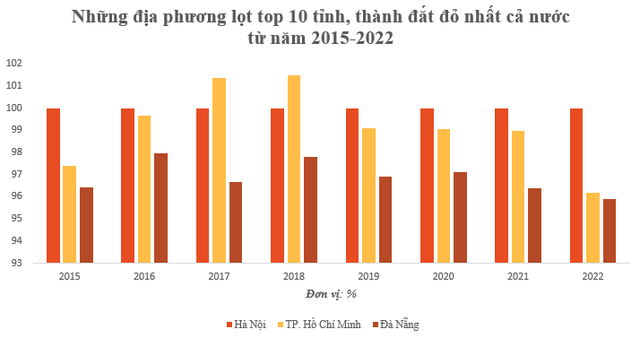
Source: General Statistics Office
Regarding the cost of living in Ho Chi Minh City, the city was the most expensive locality in the country for 2 years (2017 and 2018). Then in 2019 and 2020, the city's costliness ranked 2nd in the country, after Hanoi. In 2021 and 2022, the city continued to fall to 3rd place, after Quang Ninh province. In 2022, the SCOLI index of Ho Chi Minh City reached 96.2%.
Some commodity groups in Ho Chi Minh City have lower average prices than Hanoi: Apparel, hats and footwear by 78.07%; culture, entertainment and tourism by 91.72%; household appliances and equipment by 94.34%.
The report said that Ho Chi Minh City is the core of the Southeast economic region, where training facilities, scientific research, medical centers are concentrated, where there is an abundant and skilled human resource, and is a regional and international service and trade hub.
In addition to the abundant supply of goods to meet people's consumption needs, Ho Chi Minh City has organized the connection of supply and demand for retail goods, accordingly, the consumer prices of essential goods tend to be lower than in Hanoi.
Ho Chi Minh City has some groups of goods with higher average prices than Hanoi: other goods and services by 120.25%; Beverages and tobacco by 113.85%; post and telecommunications by 113.06%; housing, electricity, water, fuel and construction materials by 111.07%.
In 2015, Da Nang ranked 9th out of 63 with a price equal to 96.44% of Hanoi. By 2017, the city "leaped" to 3rd place, up 6 places compared to 2015 with a SCOLI index of 96.68% and held this position until 2019.
From 2020-2022, Da Nang dropped to 4th place in the country in terms of cost. In 2022, the cost of living in Da Nang was 95.89% of that in Hanoi. The General Statistics Office's report explained that Da Nang's price is high in the country because Da Nang is one of the 5 largest cities in Vietnam.
In addition, this is the socio-economic center of the Central region with the role of an industrial, commercial, tourism and service center; a center of culture, sports, education and training and science and technology; a seaport city, an important traffic hub for domestic and international transportation; a postal, telecommunications, finance and banking center.
Some commodity groups in Da Nang have lower average prices than Hanoi: Garment, hats and footwear group by 78.35%; post and telecommunications by 88.97%; food and catering services by 94.38%; housing and construction materials by 99.08%.
Some groups of goods have higher average prices than Hanoi: Beverages and tobacco group by 109.6%; education by 108.11%; transportation by 103.16%; medicine and medical services by 100.49%.
Market Pulse


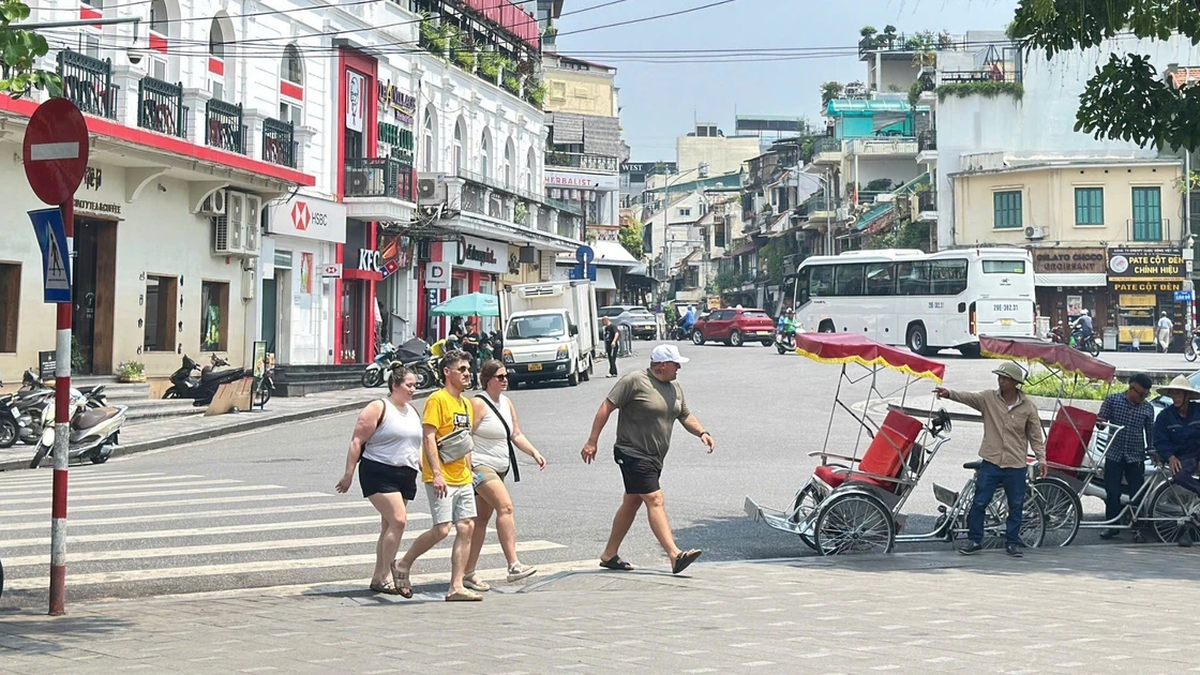



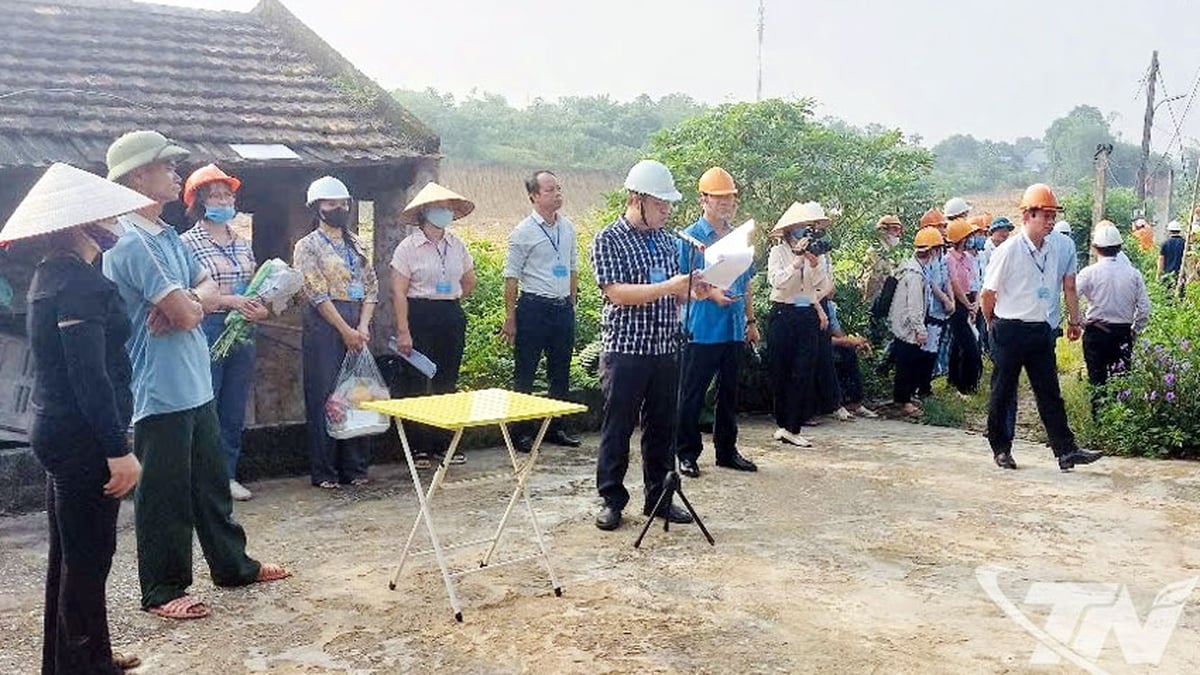


















![[Photo] National Assembly Chairman attends the seminar "Building and operating an international financial center and recommendations for Vietnam"](https://vphoto.vietnam.vn/thumb/1200x675/vietnam/resource/IMAGE/2025/7/28/76393436936e457db31ec84433289f72)






































































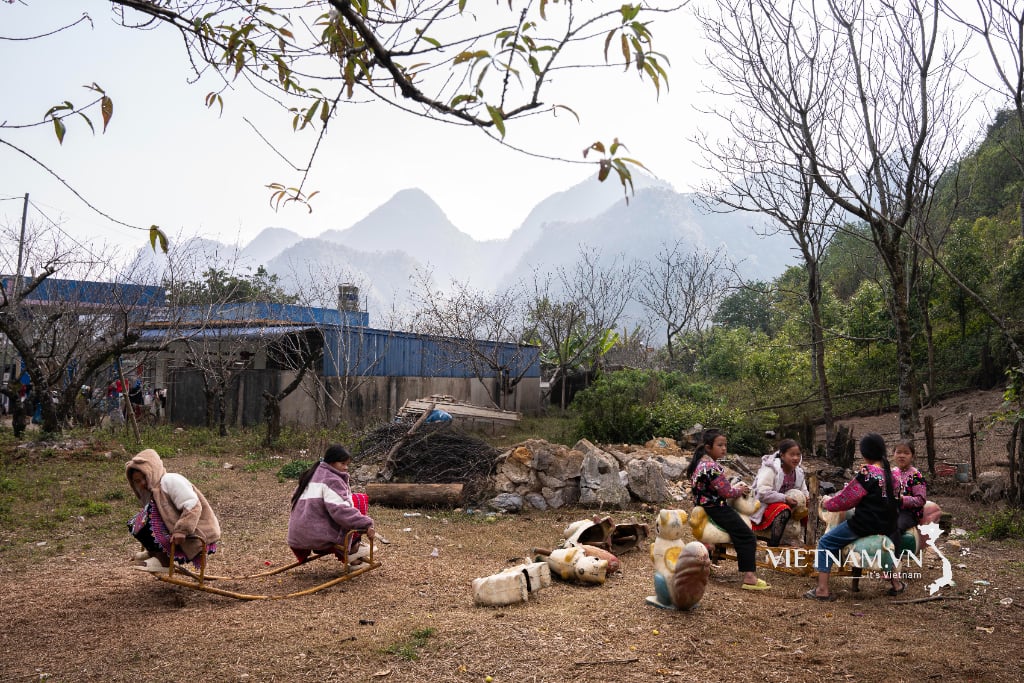



Comment (0)